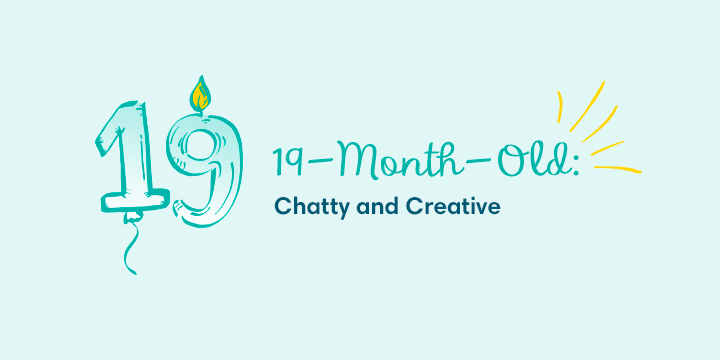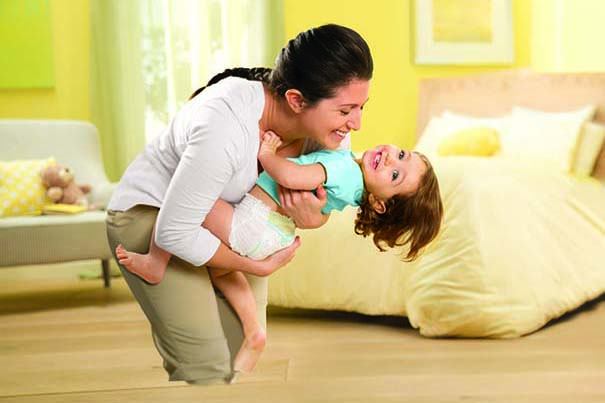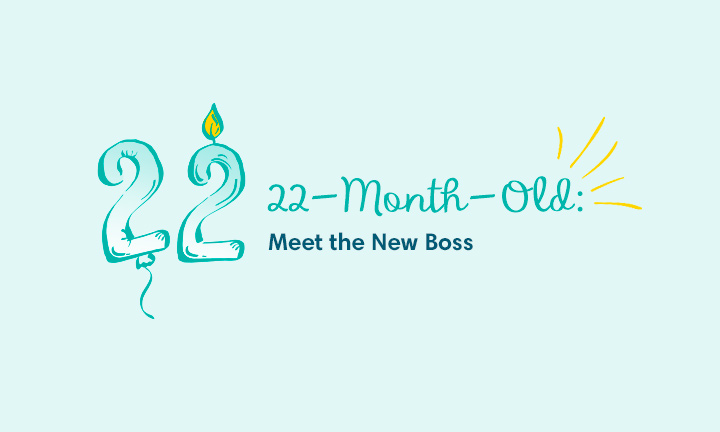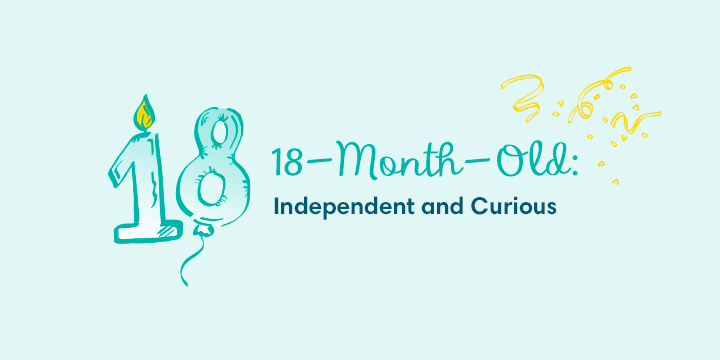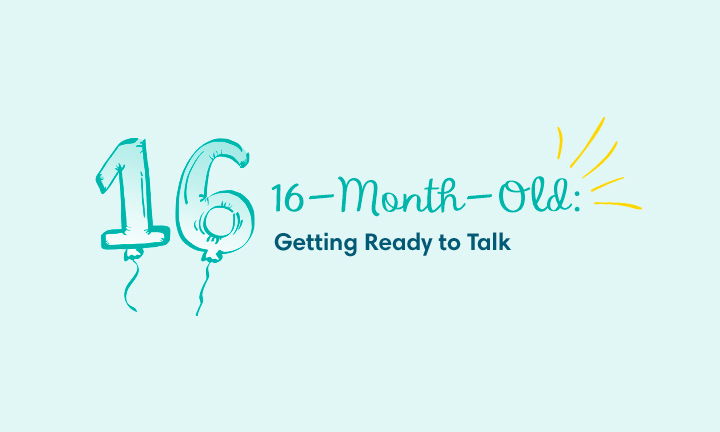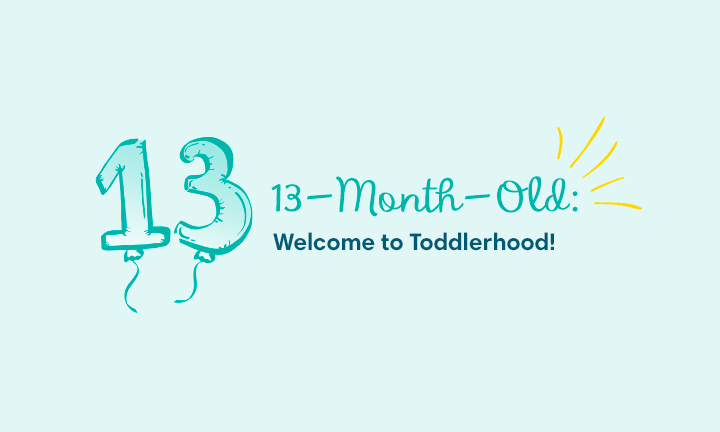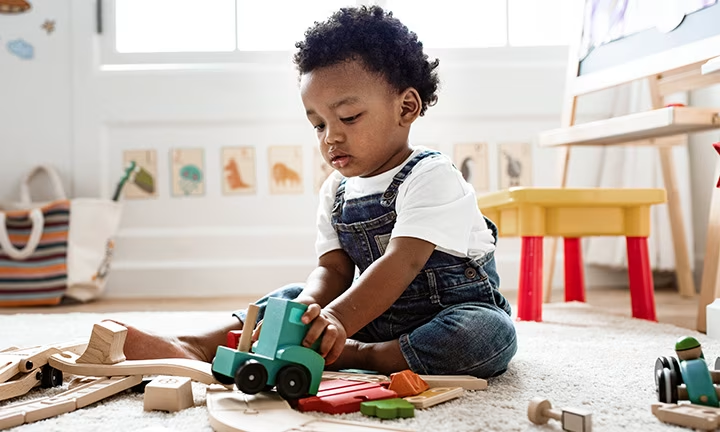
3-year-old Behaviour and Development
3-year-olds are fascinating creatures. Fantasy, imagination, and their attempts to really be in charge of their lives make them very special. You may find yourself wondering how you can best foster their physical, emotional, social, cognitive and language development at this age. Every child develops at their own rate, but we’ve compiled this article to provide information on some of the key milestones your little one will reach around this age.
3-Year-Old Physical Development
You’ve probably noticed your 3-year-old changing and physically developing right before your very eyes. Perhaps they’ve shot up in height? Or a trip to the shoe shop is on the cards? Their facial features are starting to gain more definition? At the age of 3, your child could experience a number of physical changes!
3-Year-Old Milestones: Growth and Appearance
Along with growing taller, your 3-year-old may start to lose some baby fat and develop a little muscle at this age. At the same time, their arms and legs may become slimmer, the upper body may appear narrower and they may gain height without necessarily adding much weight.
At round 3 years old, your child will likely start to grow at a slower rate than before. However, children come in all shapes and sizes. Some 3 year-olds keep growing in height at a faster rate than they gain weight, which can cause them to look slim or fragile. However, there’s no need to worry – this is perfectly healthy! Still, if you do feel concerned, feel free to discuss this with your child’s doctor. They will be able to rule out any health issues or manage them in good time.
If you’d like to keep track of your child’s growth, you can download our fillable toddler growth chart. This will provide you with an at-home memento of your child’s development to track things now and look back on in the future.
You may have also noticed that your child’s facial features are starting to become more mature and distinct. One of the key developmental milestones your little one will experience when they turn three is skull development, with the lower jaw becoming more pronounced. Your 3-year old will likely also have all 20 of their milk teeth at this age.
3-Year-Old Milestones: Movement
As you are probably aware, at the age of 3, children are usually constantly on the go and brimming with energy. All children develop at their own pace, but here are some things your little adventurer may be getting the hang of at around 3 years old:
You may notice your little one is more interested in structured play than they were at the age of 2. Some of their newfound fun and games may involve riding a tricycle, playing in a sandpit or playing games such as tag or catch.
3-Year-Old Milestones: Fine Motor Skills
Fine motor skills are crucial for a number of everyday tasks like writing and drawing, tying shoelaces, using scissors and during play. They require the small muscles in the hand and wrist to make small movements – a skill that children often master around at the age of 3. Try not to compare your child’s development to their peers. Everyone moves at their own pace, so certain things may happen a little sooner or later than with other toddlers. That being said, there are some key hand and finger skills your child may start to master at this age. These include:
Your 3-year-old may start to develop these motor skills when they build muscular control and improve their concentration. Once your little one is able to hold a pencil like an adult, the world is their oyster! Now, they can use this skill to draw, colour and paint; pour water from a jug into a cup and use a fork to eat independently.
3-Year-Old Emotional Development
Young children often experience ups and downs. You may find these experiences easier to manage if you are aware of the emotional developmental milestones your 3-year-old will likely reach. It’s important that there is no such thing as ‘normal’ behaviour, but there are typical emotional changes that many children will experience around this age.
3-Year-Old Milestones: Imagination and Emotions
You might find that your 3-year-old now makes up little stories to explain events in their life and they have discovered the power of words to make things happen. Imaginary friends, who are completely at their beck and call, are very normal and healthy household additions.
Your 3-year-old can't lie at this age, but may creatively reconstruct reality so it matches the way they would like things to be. They think their words can create a preferable reality and that reality can be truly denied. This can make navigating a 3-year-old’s emotional development a little tricky.
Try some of the following tips to help foster your child’s emotional well-being at this age:
3-Year-Old Social Development
As with adults, every child reacts differently to social situations. In this sense, your child’s social development will most likely be highly personal as it all depends on their unique personality. However, there are certain social development milestones you can expect your little one to reach once they’re around 3 to 4 years old. We’re sure you won’t be sad to wave goodbye to the terrible twos once and for all!
One thing that’s often observed among 3-year-olds is a certain level of selfishness. But don’t worry too much, this typically lessens over time. By the age of three, your child may start to feel confident, independent and self-aware enough to play with others and share toys. In doing so, your little one will start to learn that not everyone thinks the same and start accepting other opinions and ideas.
Here are some things your little one may be getting the hang of at around 3 years old:
You’ll most likely be keeping a close eye on your little one’s social development as your tiny explorer gets ready for preschool education. Some children may find it challenging to go to school and share toys and attention among their classmates, but the skills they develop at 3 can help make this new phase easier.
3-Year-Old Milestones: Dealing with Conflicts
Your 3-year-old may have come on leaps and bounds over the past year, but that doesn’t mean there won’t be the odd hiccup along the way. Social situations can still be stressful for many children and you may need to help your toddler to share and handle conflicts. We’ve compiled a list of handy tips that may help you navigate this task:
The key to handling anger is to work together and find out what has triggered it. It’s important to discuss helpful strategies for managing anger.
You may encourage your child to:
3-Year-Old Cognitive Development
Once your little one turns 3 years old, you may start asking what they should know academically or educationally? You may think your child is perhaps a little too young to ponder these things, but it’s important to realise that 3-year-olds often reach many important cognitive milestones at this age to support their future academic success. At this age, your child may already be enrolled in nursery, or maybe it’s just around the corner.
Wondering how you can tell how far along your child’s cognitive development has come? One of the key indications is asking questions around the clock. You may find it gets old pretty quick, but asking ‘why’, ‘what’ and ‘how’ is all part of the learning process.
When responding to your child’s newfound curiosity and expanding their knowledge, use the following tips to help them nurture their development:
3-Year-Old Milestones: Expanding knowledge
There’s nothing quite like watching your little one discover the world and honing their thinking skills. 3-year-olds learn in a multitude of ways. By this age, your child might be able to:
If you’re looking for more inspiration on how to support your 3-year-old’s cognitive development, try some activities you can do at home. Here are a few lists for inspiration:
3-Year-Old Language Development
Your child has come a long way since they uttered their first words not so long ago. As with every aspect of development, the speed at which language and speech skills develop varies among each child. Every child works at their own pace. That said, you may be amazed by the size of your child’s vocabulary at this age, which may feature as many as 300 words.
At the age of three, your child will be learning to say and understand more and more words. They should be able to:
Encouraging Language Development
You may want to help foster your child’s speech development at this point, luckily there are a number of ways you can help your child use more words:
Developmental Delays in 3-Year-Olds
Every child is different, and they all develop at their own pace. This may mean your child is yet to reach some of the development milestones we’ve explored above. This is usually no reason to worry – some children simply grow and develop at a slightly slower pace. That said, if you notice your child struggling with some of the following, it may be worth speaking to your child’s GP:
This list only offers a rough guide of how lots of children tend to develop at 3 years old. In the vast majority of cases, a few delays here and there do not indicate anything serious. However, speaking to your child’s GP about any concerns early on will help them to pinpoint and tackle any potential issues.
FAQS AT A GLANCE
There is no set rule as every child develops at their own pace. However, once your child turns three you can expect to see them:
- Naming colours
- Engaging in pretend and imaginative play
- Recalling parts of stories
- Following commands
- Counting up to 10
- Copying lines
- Drawing people with up to four body parts
- Using safety scissors
The Bottom Line
Being 3 is a busy time in your child’s development with plenty of physical, emotional, social, cognitive and language developmental milestones to look forward to! From the seemingly endless stream of questions to learning how to share, your child is starting to explore the world and people around them.
You can encourage your little one’s development by getting involved. Delve into their fantasy world to see what they’re thinking inside and organise play dates to help them socialise. There are a wide range of activities you can do with your 3-year-old to help them grow. Most of all, enjoy the magic of three and marvel at the hard work it takes to put the world in order.
The information in this article is based on the expert advice found in trusted medical and government sources, such as the National Health Service (NHS).The content on this page should not replace professional medical advice. Always consult medical professionals for full diagnosis and treatment.
Read more about Toddler
Related Articles
Join Pampers Club and get:




